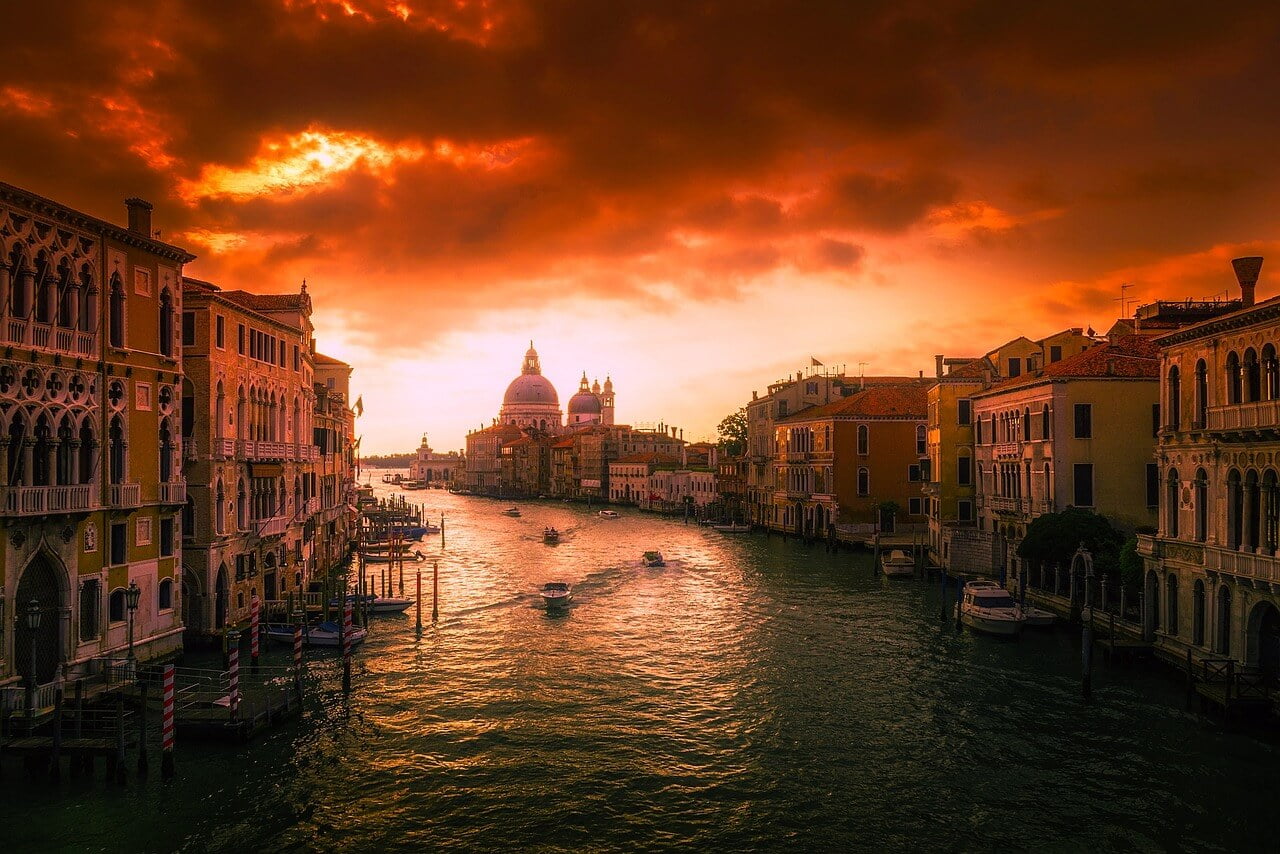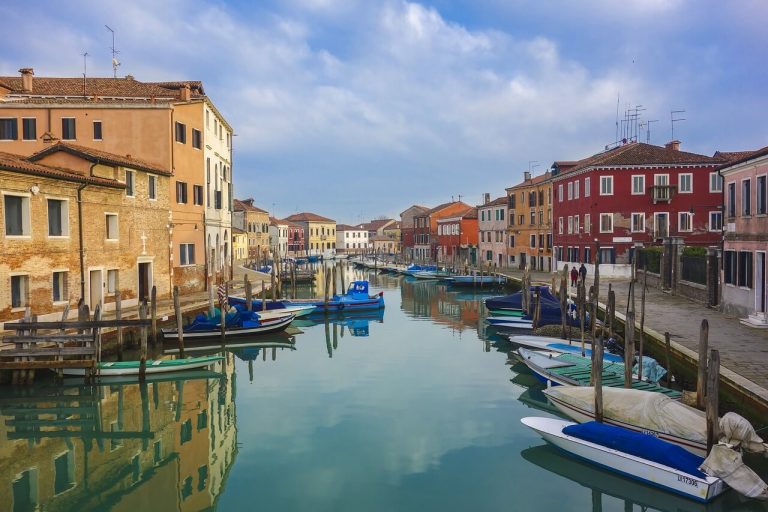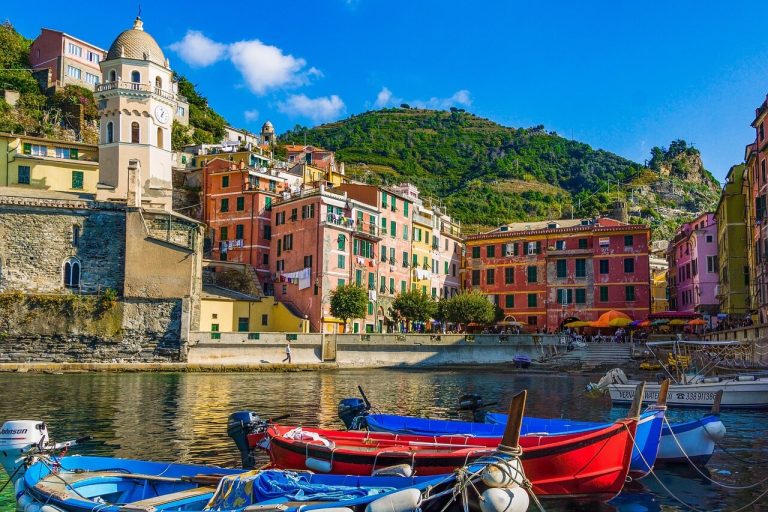Introduction
Italy, a country rich in history, culture, and gastronomy, is a dream destination for many. From the romantic canals of Venice to the ancient ruins of Rome, the breathtaking landscapes of Tuscany to the fashion-forward streets of Milan, Italy offers a diverse range of experiences that cater to all types of travelers. However, the timing of your visit can significantly impact your experience.
Travel planning is not just about deciding where to go and what to do. It’s also about choosing the right time to visit. The timing of your trip can affect everything from the weather and crowd levels to the availability of certain activities and events. Therefore, understanding the best time to visit Italy is crucial for a memorable travel experience.
So, when is the best time to visit Italy? The answer depends on various factors, including your interests, preferences, and tolerance for crowds and weather conditions. This guide will help you understand Italy’s climate and seasonal variations, so you can make an informed decision.
Understanding Italy’s Climate
Italy’s geographical location in Southern Europe, with the Mediterranean Sea to the west and the Adriatic Sea to the east, influences its climate significantly. The country experiences a Mediterranean climate characterized by hot, dry summers and mild, wet winters. However, there are regional variations due to the country’s diverse topography, which includes coastal areas, plains, and mountain ranges.
The coastal areas, including cities like Rome, Naples, and Palermo, have hot summers and mild winters. The plains in the north, where Milan and Venice are located, have hot, humid summers and cold, foggy winters. The mountainous regions, such as the Alps and the Apennines, have cold winters with heavy snowfall, making them ideal for winter sports.
Spring (March to May) and autumn (September to November) are generally mild with moderate rainfall. Summer (June to August) is hot and dry, especially in the south and the coastal areas. Winter (December to February) is cold, particularly in the north and the mountainous regions, with temperatures often dropping below freezing.
Visiting Italy in Spring (March to May)
Spring is a beautiful time to visit Italy. The weather is mild, with average temperatures ranging from 15°C to 20°C. Rainfall is moderate, and the countryside is in full bloom, offering stunning landscapes. However, the weather can be unpredictable, with occasional showers and cool temperatures, especially in early spring and in the northern regions.
Spring is also a time for many festivals and events in Italy. Some of the major ones include the Easter celebrations, the Scoppio del Carro in Florence, and the Infiorata flower festivals in various towns. These events offer a unique insight into Italy’s rich culture and traditions.
The tourist crowd levels in spring are moderate. While the Easter period can be busy, especially in Rome and the Vatican, the rest of the season is relatively calm. This means shorter lines at major attractions, less crowded streets, and lower prices for accommodation and flights.
Visiting Italy in Summer (June to August)
Summer in Italy is hot and dry, with average temperatures ranging from 25°C to 30°C. The coastal areas and the south can be particularly hot, with temperatures often exceeding 30°C. However, the heat is usually tolerable thanks to the sea breeze and the siesta culture.
Summer is a time for numerous festivals and events in Italy. Some of the major ones include the Palio di Siena horse race, the Festa della Repubblica national holiday, and various music and film festivals. These events attract large crowds and create a vibrant atmosphere.
The tourist crowd levels in summer are high. This is the peak tourist season in Italy, with large crowds at major attractions, busy streets, and higher prices for accommodation and flights. However, the long days and the lively atmosphere make up for the crowds.
Visiting Italy in Autumn (September to November)
Autumn in Italy is mild and pleasant, with average temperatures ranging from 15°C to 25°C. The weather is generally sunny, especially in September and October, with occasional rain showers. The countryside is ablaze with autumn colors, offering stunning landscapes.
Autumn is a time for many food and wine festivals in Italy. Some of the major ones include the Alba White Truffle Fair, the Chianti Classico Wine Festival, and various harvest festivals. These events offer a unique opportunity to taste Italy’s renowned food and wine.
The tourist crowd levels in autumn are moderate to low. While September can be busy, especially in the coastal areas and the islands, October and November are relatively calm. This means fewer crowds at major attractions, quieter streets, and lower prices for accommodation and flights.
Visiting Italy in Winter (December to February)
Winter in Italy is cold, with average temperatures ranging from 0°C to 10°C. The northern regions and the mountainous areas can be particularly cold, with heavy snowfall and temperatures often dropping below freezing. However, the coastal areas and the south are milder, with temperatures rarely falling below 10°C.
Winter is a time for many Christmas markets and festivals in Italy. Some of the major ones include the Christmas markets in Bolzano and Trento, the Epiphany celebrations, and the Carnival of Venice. These events create a festive atmosphere and offer a unique experience.
The tourist crowd levels in winter are low, except during the Christmas and New Year period and the Carnival of Venice. This is the low tourist season in Italy, with fewer crowds at major attractions, quiet streets, and lower prices for accommodation and flights. However, some attractions may have shorter opening hours or be closed for the winter.
Comparing the Seasons: Pros and Cons
Each season in Italy has its pros and cons in terms of weather conditions, crowd levels, and events and festivals.
Spring offers mild weather, moderate crowds, and unique festivals, but the weather can be unpredictable. Summer offers hot, sunny weather, vibrant festivals, and long days, but the crowds can be overwhelming. Autumn offers pleasant weather, food and wine festivals, and fewer crowds, but the weather can be rainy. Winter offers cold, snowy weather, festive events, and low crowds, but some attractions may be closed.
In terms of crowd levels, spring and autumn are generally less crowded than summer, but more crowded than winter. The Easter period in spring, the September period in autumn, and the Christmas and Carnival periods in winter can be particularly busy.
In terms of events and festivals, each season offers unique experiences. Spring is known for its Easter celebrations and flower festivals. Summer is known for its horse races and national holiday. Autumn is known for its food and wine festivals. Winter is known for its Christmas markets and carnival.
Best Time to Visit for Different Activities
The best time to visit Italy depends on the activities you’re interested in.
For sightseeing, spring and autumn are ideal, thanks to the mild weather and moderate crowds. However, summer offers longer days, and winter offers a unique perspective with fewer tourists.
For beach holidays, summer is the best time, thanks to the hot, sunny weather and the lively beach scene. However, early autumn can also be a good option, thanks to the warm sea temperatures and fewer crowds.
For skiing and winter sports, winter is the best time, especially from December to February, when the snow conditions are optimal. The mountainous regions, such as the Alps and the Apennines, offer a wide range of winter sports facilities.
For food and wine tours, autumn is the best time, thanks to the harvest season and the numerous food and wine festivals. However, each season offers unique gastronomic experiences, from the fresh produce in spring to the hearty dishes in winter.
Conclusion
So, when is the best time to visit Italy? The answer is, it depends. It depends on your interests, your preferences, and your tolerance for crowds and weather conditions. However, with a good understanding of Italy’s climate and seasonal variations, you can choose the right time for your visit.
Personally, I recommend visiting Italy in the shoulder seasons of spring and autumn. These seasons offer a good balance of mild weather, moderate crowds, and unique events. However, each season has its charm and offers unique experiences, so there’s really no bad time to visit Italy.
Ultimately, the best time to visit Italy is the time that suits you best. So, plan your trip, pack your bags, and get ready to explore the wonders of Italy!
References
For more information on Italy’s climate and the best time to visit, check out the following resources:





+ There are no comments
Add yours